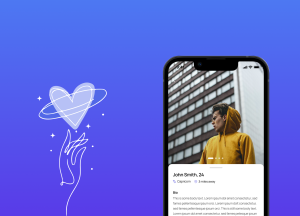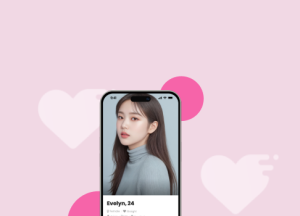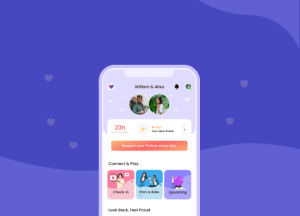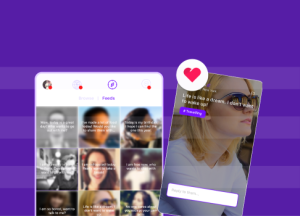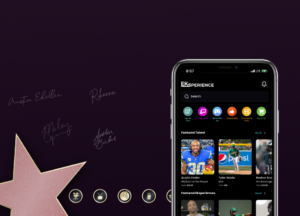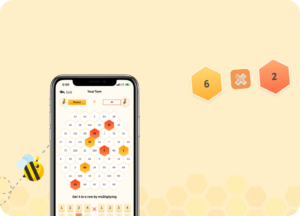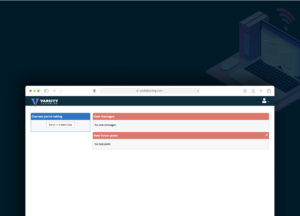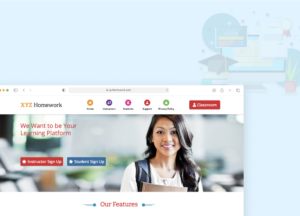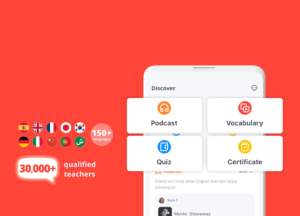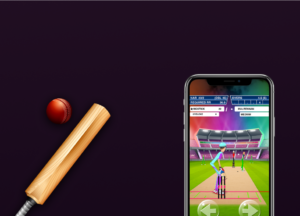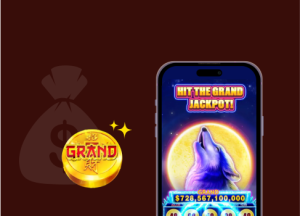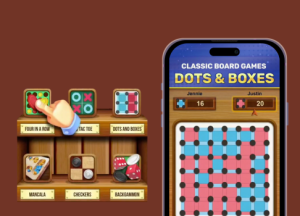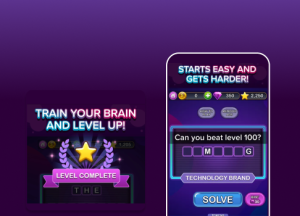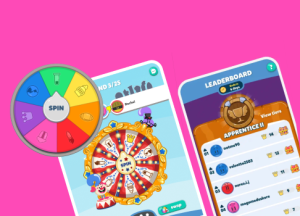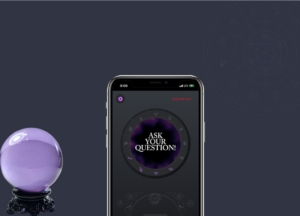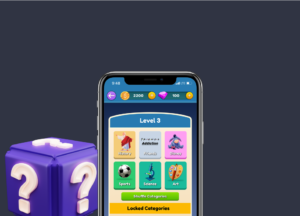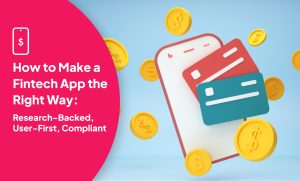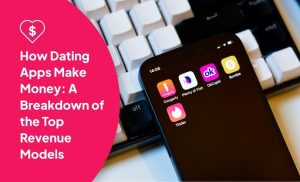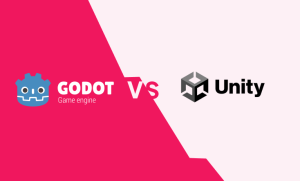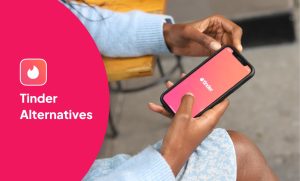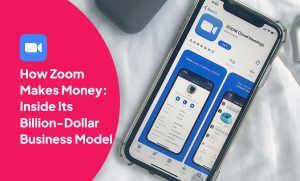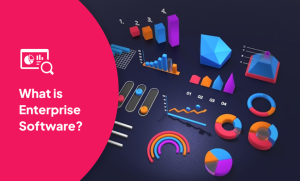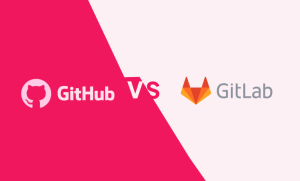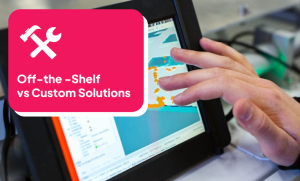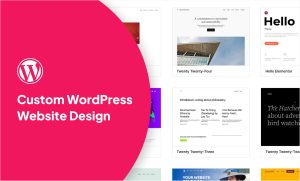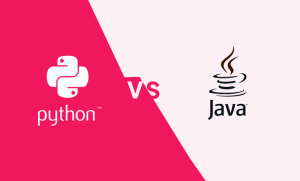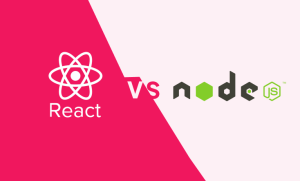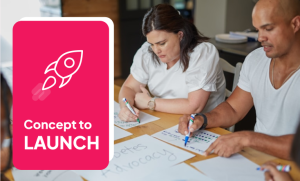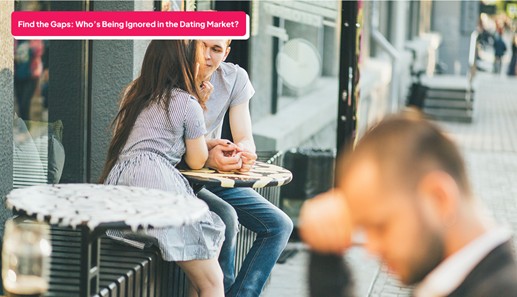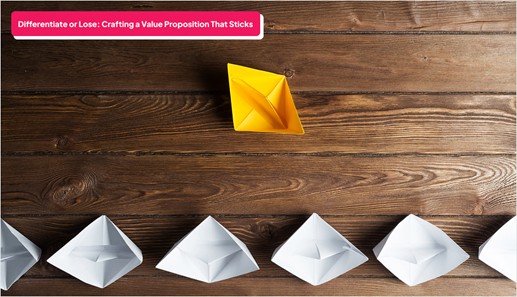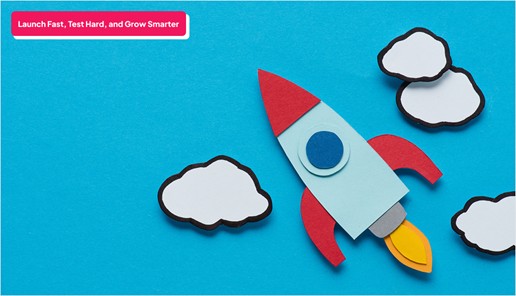Having a great concept is only half the battle, execution lives and dies in the details. Over one third of marriages in the U.S. result from online dating, highlighting the significant impact and potential success that such platforms can achieve. Therefore, your dating app features need to be more than functional—they need to reinforce the purpose of your app and make it worth coming back to.
Tinder’s strong presence came from its simplicity, instant feedback, and low-friction UX that created habits that users returned to daily. However, with an 8–10% drop in monthly active users year-over-year, it’s clear that what once felt novel now feels stale. This opens the door for smarter feature design such as integrating natural language processing to improve chat interactions and simulate more human-like responses. AI-driven messaging can guide users with suggestions, icebreakers, or tone matching that feels helpful, not robotic. Additionally, you can implement a swipe-based matching system for a quick and intuitive way for users to express interest or integrate real-time chat functionality to facilitate immediate connections. You can also build in customization: user profiles customization where users can shape their profiles with dynamic content, lifestyle tags, or media formats that reflect how they live and date. Borrow ideas from educational app development by integrating guided onboarding, swipe tutorials, or even in-app feedback that teaches users how to get more from the platform.
The smoother the experience, the more confident users feel—and the more likely they are to stick around.
Swipe-Based Matching System
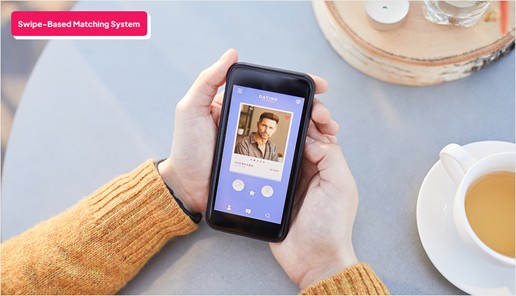
If there’s one mechanic that defines the modern online dating sector, it’s the swipe. Swiping needs to be more than just functional from day one for your app to stand out. That starts at the system level. Your architecture should be built to accommodate 20M daily active users and hundreds of swipes per person, per day.
Start with the fundamentals. Develop a core swipe mechanics that mirror what users expect. Ensure that gesture detection is smooth and responsive, with velocity-sensitive interactions.
| Feature | Description |
|---|
| Swipe Direction Logic | Right for interest, left for disinterest |
| Gesture Detection | Smooth, responsive swipe interactions |
| Conflicting Swipe Handling | Manage simultaneous right swipes |
| Animation & Feedback | Cues for swipe success or failure |
Beneath the surface, a smart matching system depends on smart data design. Build a well-structured user profile that includes geo-sharded indexing and multi-field attributes to enhance match relevance. Implement mobile-optimized swipe interactions using a card-based UI for a seamless experience paired with low-latency infrastructure that supports real-time match detection. Matching shouldn’t just be fast—it should be smart. Memory caching and fast lookup systems must be powered by a Geo-sharded database ensuring that every swipe, every match, and every push notification feels instant, no matter where your users are. Additionally, use big data to identify behavioral trends and feed those insights into a machine learning recommendation engine. Refine results dynamically based on swipe behavior, response rates, and user preferences over time. It is also important to incorporate user involvement throughout the development process that leads to a more tailored user experience.
When done right, swipe mechanics become more than just UX—they become your app’s growth engine.
Real-Time Chat Integration
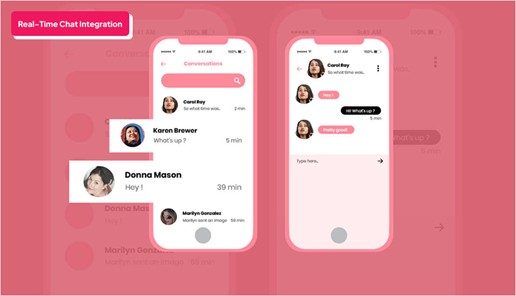
The match is just the beginning—what keeps users engaged is what happens after. Real-time chat is the bridge between interest and interaction, and when done right, it’s the reason users come back. Which is why it needs to feel smooth, immediate, and secure across devices and geographies.
So incorporating dynamic communication features is essential as it creates a seamless experience that keeps users engaged and encourages them to return. With the global edge infrastructure, users can enjoy low latency and an improved chat experience regardless of their location, making it crucial for apps with a worldwide audience. This also means integrating moderation tools is crucial to help identify and eliminate bad actors, just like Stream which is known for its safe dating environments. Additionally, leveraging agile methodologies in the development of these features can ensure that they meet user expectations effectively.
Add frictionless micro-features that mimic real-world conversation dynamics such as:
- Real-time 1:1/group chat ensures smooth conversations across devices.
- Typing indicators and reading receipts to maintain flow.
- Media sharing, voice notes, and reactions for richer exchanges.
- Auto-saving drafts to prevent lost messages.
- Searchable chat history to keep past conversations easily accessible.
The smoother and more meaningful the connection is, the more likely users are to stick around—and convert from casual use to habitual engagement.
User Profile Customization

In dating apps, the profile is the user’s first impression, digital identity, and point of emotional investment. Giving users the ability to customize how they show up creates a stronger sense of ownership, and more importantly, drives repeat engagement.
By enabling users to personalize their profiles through options such as editing photos, writing bios, and adding lifestyle tags, you strengthen their connection to the platform. Incorporating visual customization features, like themes, video loops, and location settings, further enriches the user experience. Modern platforms like Tinder allow users to update their gender information, a critical feature for fostering inclusion and safety. Expanding these options now includes discovery settings that allow users to control who they see and who can see them. To further control their personal information, give users access to premium privacy tools like Don’t Show My Age.
At App Makers LA, we specialize in creating these customizable features to ensure your app stands out in a competitive market. Partnering with skilled app developers is an option you can’t ignore. AppMakers LA specializes in creating such innovative solutions to drive user engagement and satisfaction and we work closely with product teams to turn feature ideas into scalable, user-focused experiences—helping founders launch with real traction, not just functionality.
